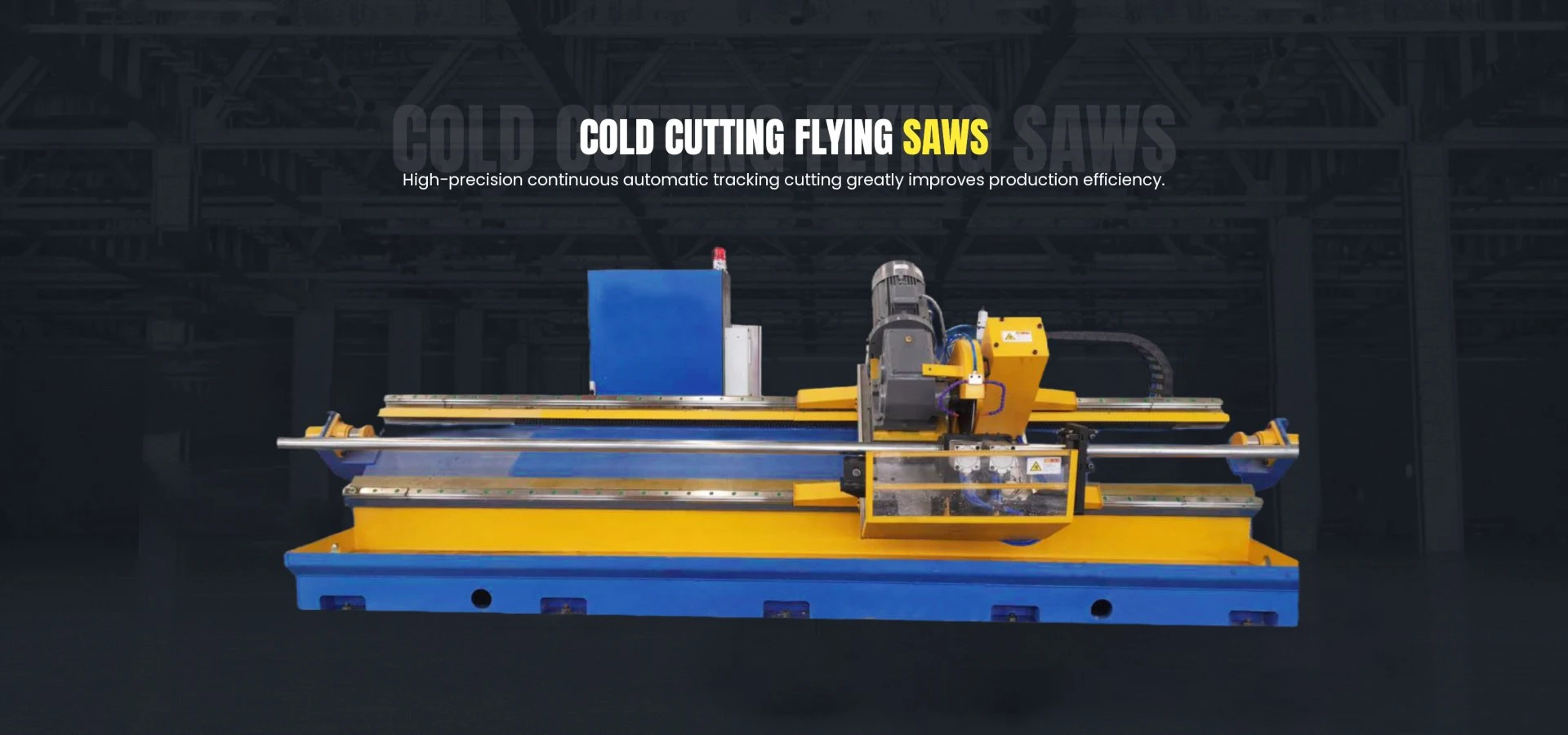cold shear machine
The Cold Shear Machine Enhancing Efficiency in Metal Processing
In the world of metal processing, efficiency and precision are paramount. Industries that deal with the fabrication of metals require robust machinery capable of delivering high-quality results while minimizing waste. One such machine that has gained prominence in recent years is the cold shear machine. This article delves into the intricacies of cold shear machines, highlighting their significance, operational mechanics, and advantages in modern manufacturing.
Understanding Cold Shear Machines
Cold shear machines are specialized cutting tools designed to slice through metal materials at lower temperatures. Unlike traditional cutting methods that often generate excessive heat, cold shearing employs a process that minimizes thermal distortion and material alteration. The primary purpose of a cold shear is to cut and shape metal accurately and efficiently, making it an essential tool in various industries including steel, aluminum, and fabrication.
How Cold Shear Machines Operate
The operation of a cold shear machine involves several key components working in harmony. Typically, these machines feature a robust frame, a cutting blade, and an automatic feed mechanism. The process begins with the raw metal material being fed into the shearing area, where it is precisely aligned. The cutting blade, usually made of high-grade steel, descends onto the material with significant force, allowing the machine to produce clean and precise cuts.
One of the standout features of cold shear machines is their ability to operate at high speeds without sacrificing accuracy. The use of hydraulic or pneumatic systems provides the necessary force to achieve quick cycles. Additionally, advancements in technology have led to the integration of computer numerical control (CNC) systems, allowing operators to program specific cutting patterns and dimensions, further enhancing efficiency and versatility.
Advantages of Cold Shear Machines
cold shear machine

1. Precision and Quality The accuracy of cuts produced by cold shear machines is unparalleled. The cold cutting process eliminates the risk of thermal distortion, ensuring that the material maintains its original properties and tolerances after processing. This precision is crucial for industries that require exact specifications.
2. Reduced Waste By utilizing cold shearing methods, manufacturers can achieve higher yields from their raw materials. The clean cuts generated by these machines reduce scrap rates, allowing for more efficient use of materials and lower production costs.
3. Lower Energy Consumption Cold shear machines generally consume less energy compared to traditional cutting methods that involve heat generation. This reduction in energy use not only lowers operational costs but also contributes to a more sustainable manufacturing process.
4. Versatility Modern cold shear machines are designed to handle a wide range of materials and thicknesses. Their adaptability makes them suitable for various applications, from structural steel cutting to precise fabrication in automotive and aerospace industries.
Applications in Different Industries
Cold shear machines are utilized across a multitude of industries. In the steel industry, they are essential for cutting rebar, sheets, and plates into specific lengths for construction purposes. In the aerospace sector, cold shearing is crucial for producing lightweight components without compromising strength or integrity. Moreover, the automotive industry leverages cold shear machines for producing parts that meet stringent safety and performance standards.
Conclusion
In summary, cold shear machines are revolutionizing the metal processing landscape by providing a reliable and efficient means of cutting metal at low temperatures. Their ability to produce precise cuts, reduce waste, and lower energy consumption makes them an invaluable asset across multiple industries. As technology continues to advance, the role of cold shear machines in enhancing manufacturing efficiency and sustainability is poised to grow further, paving the way for innovations in metalworking processes.
-
High Frequency Straight Seam Welded Pipe Production Line-BzZhou Xinghua Machinery Equipment Manufacturing Co., LTD.|line pipe steel&welded gas pipeNewsJul.30,2025
-
High Frequency Straight Seam Welded Pipe Production Line-BzZhou Xinghua Machinery Equipment Manufacturing Co., LTD.|High Precision&Automated SolutionsNewsJul.30,2025
-
High Frequency Straight Seam Welded Pipe Production Line - BzZhou Xinghua Machinery Equipment Manufacturing Co., Ltd.NewsJul.30,2025
-
High Frequency Straight Seam Welded Pipe Production Line-BzZhou Xinghua Machinery Equipment Manufacturing Co., LTD.|Precision Welding, High EfficiencyNewsJul.30,2025
-
High Frequency Straight Seam Welded Pipe Production Line|BzZhou Xinghua|Precision Welding&EfficiencyNewsJul.30,2025
-
High Frequency Straight Seam Welded Pipe Production Line - BzZhou Xinghua|Precision Engineering&EfficiencyNewsJul.30,2025


